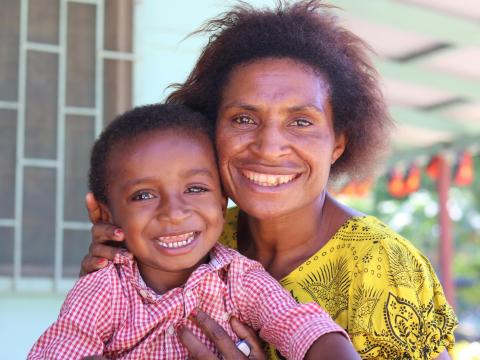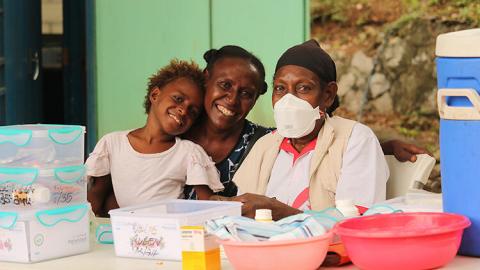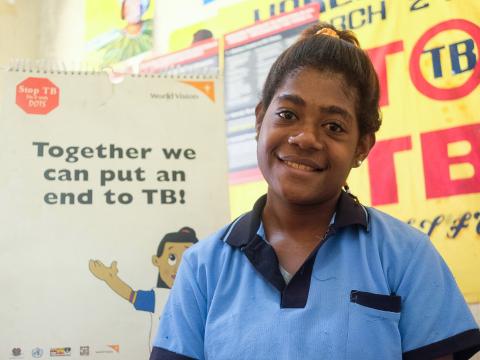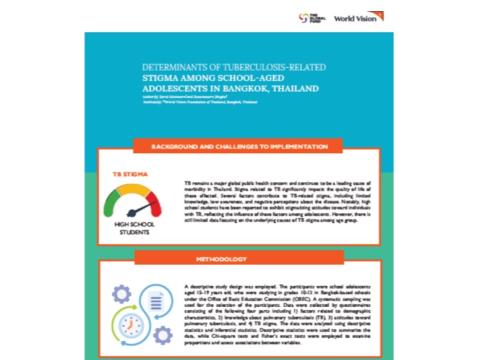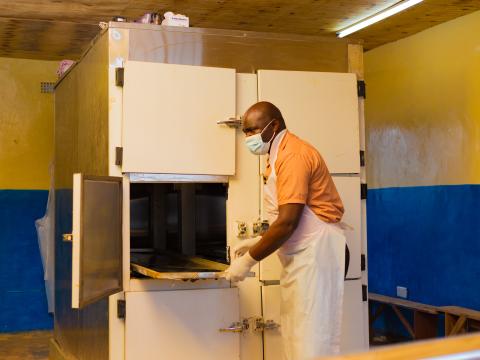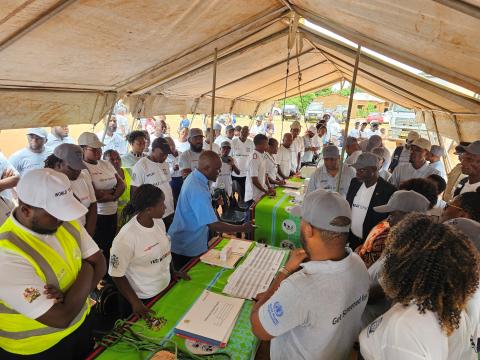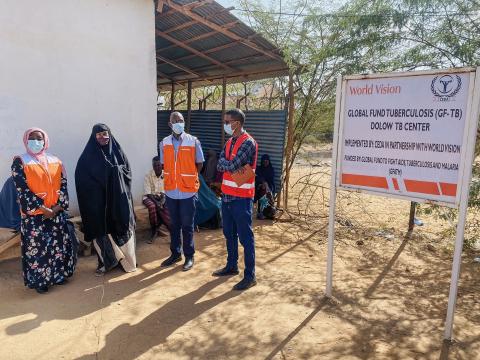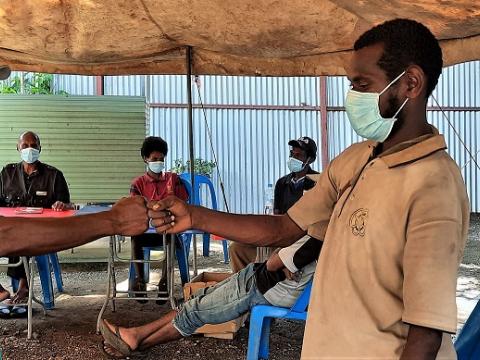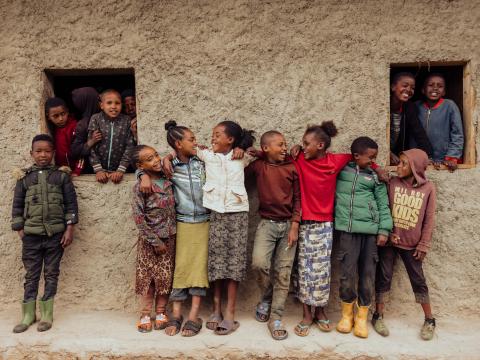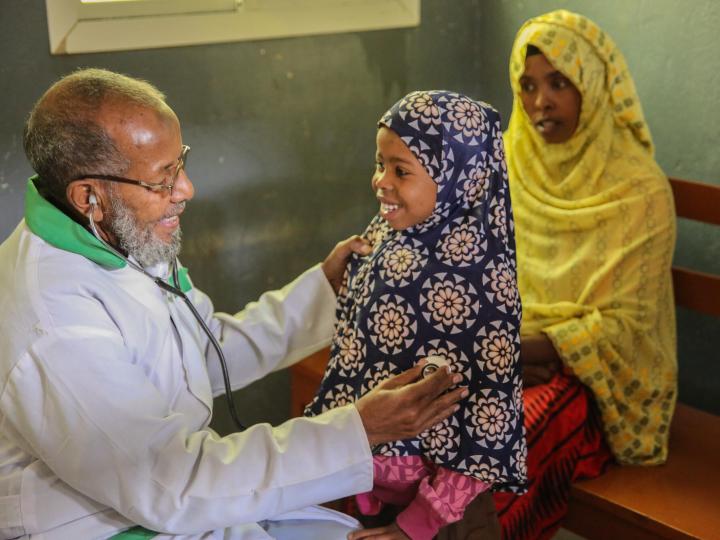
Tuberculosis
Tuberculosis (TB) is one of the world’s deadliest infectious diseases. In 2024, an estimated 10.7 million people fell ill with TB, and 1.23 million people died from the disease – including 150,000 people living with HIV – reaffirming TB as the leading cause of death from a single infectious agent globally.
Of all people who developed TB in 2024, 54% were men, 35% were women, and 11% were children, mirroring persistent gender and age disparities. Despite its immense global toll, TB is preventable and curable, particularly with the growing availability of WHO-recommended rapid diagnostics, shorter and more effective treatment regimens, and expanded preventive therapy.
As part of the global effort to achieve Sustainable Development Goal 3, which calls for ending the epidemics of HIV, TB, and malaria, World Vision remains committed to identifying, preventing, and treating TB in the communities where we serve, particularly among vulnerable, marginalised, and hard-to-reach populations.
The scale of the epidemic is far too large for any single organisation to address alone. World Vision therefore works in close partnership with national governments, the World Health Organization, Global Fund partners, civil society, technical agencies, and local communities to accelerate progress toward ending TB by 2030.
World Vision’s TB projects focus on community systems strengthening, advocacy, and social mobilisation to improve early case-finding, timely diagnosis, treatment initiation, adherence support, and stigma reduction. Interventions include:
- Community-based TB screening and contact tracing through trained volunteers, faith leaders, and TB survivor networks.
- Health system capacity building, including training of front line health workers, adoption of digital tools, and data use for decision-making.
- Integration of TB services within HIV and nutrition platforms to ensure continuity of care.
- Use of digital tools and artificial intelligence (AI) to improve diagnostic accuracy and accelerate case detection in resource constrained and hard to reach areas.
- Private sector engagement through engaging private hospitals, clinics, pharmacy and laboratory.
- Community empowerment and advocacy for TB prevention, rights-based access to care, and domestic financing for national TB programmes.
- Psychosocial and livelihood support for TB-affected households to improve adherence and reduce economic vulnerability.
- Adaptive, risk-informed implementation in fragile and conflict-affected contexts to ensure continuity of services.
